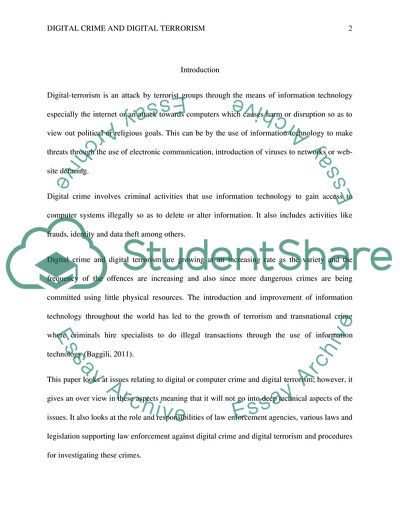Cite this document
(Digital Crime and Digital Terrorism Report Example | Topics and Well Written Essays - 1500 words, n.d.)
Digital Crime and Digital Terrorism Report Example | Topics and Well Written Essays - 1500 words. https://studentshare.org/information-technology/1790881-the-history-of-digital-crimes-and-digital-terrorism
Digital Crime and Digital Terrorism Report Example | Topics and Well Written Essays - 1500 words. https://studentshare.org/information-technology/1790881-the-history-of-digital-crimes-and-digital-terrorism
(Digital Crime and Digital Terrorism Report Example | Topics and Well Written Essays - 1500 Words)
Digital Crime and Digital Terrorism Report Example | Topics and Well Written Essays - 1500 Words. https://studentshare.org/information-technology/1790881-the-history-of-digital-crimes-and-digital-terrorism.
Digital Crime and Digital Terrorism Report Example | Topics and Well Written Essays - 1500 Words. https://studentshare.org/information-technology/1790881-the-history-of-digital-crimes-and-digital-terrorism.
“Digital Crime and Digital Terrorism Report Example | Topics and Well Written Essays - 1500 Words”. https://studentshare.org/information-technology/1790881-the-history-of-digital-crimes-and-digital-terrorism.


